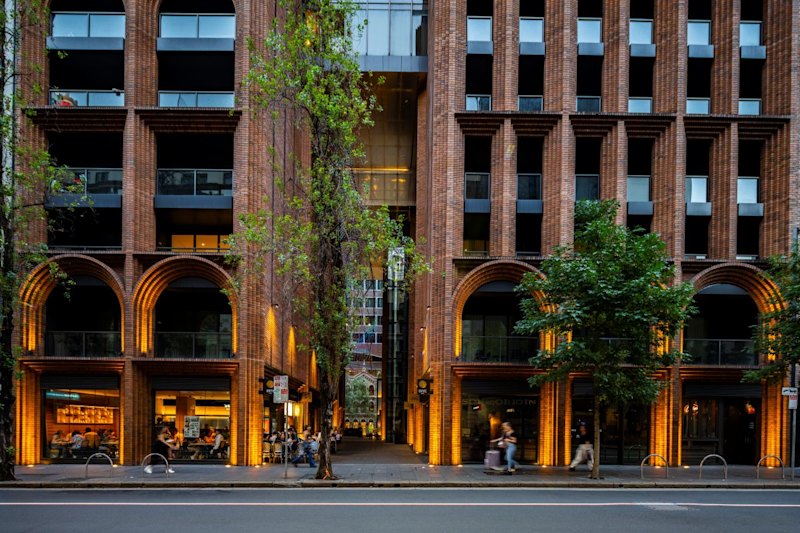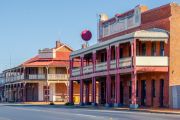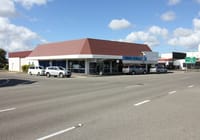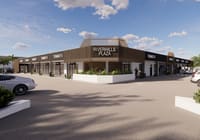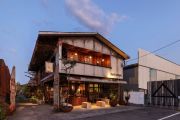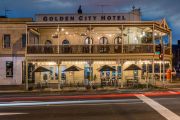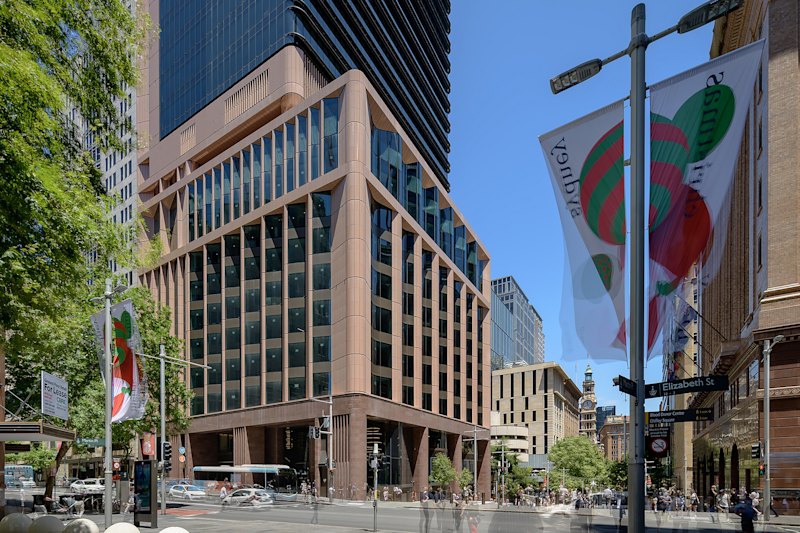
Rents tumble for flexible workspace in Sydney as supply booms
The cost of renting flexible workspace across Sydney has tumbled by about 12 per cent in the past year, as supply continues to surge in the city and major operators slash rates to fill spaces.
The average cost of renting a desk in Sydney has dropped to $725 a month, numbers from The Instant Group show, down from between $800 and $850.
While prices remain stronger in Barangaroo and the Sydney CBD at $950 and between $800 and $850 respectively, rates are most affordable in Parramatta, at $500, and Pyrmont, at $600 to $650.
The figures are based on completed transactions, rather than rates advertised on listings.
“The main factor is that there’s been an increase in supply over the past 12 months,” said Tom Fleming, director at The Instant Group, a flexible workspace broker.
“New operators have entered the market and existing operators have expanded their sites, so competition for market share has increased and prices have dropped as a result.”
Prominent flexible office sites that have opened this year include WeWork’s 161 Castlereagh Street, JustCo’s 175 Pitt Street and The Commons’ 20 Meagher Street, Chippendale.
The new data does not take into account the sites due to open in the next 12 months, with new locations recently announced by the larger operators including JustCo’s 60 Margaret Street site and Hub’s Customs House, which are both expected to open in August.
“It’s going to be interesting to watch over the next 12 months as we see new sites open in Sydney from the likes of WeWork, Hub Australia, Compass, JustCo, IWG, etc,” Mr Fleming said.
Growth of flexible office space in the past 12 months has been the sharpest in the Sydney CBD, recording a jump of 24 per cent, followed by North Sydney at 22 per cent.
Mr Fleming said the lower average desk rate of $650 to $700 in North Sydney, compared with the Sydney CBD, had made the area popular for flexible space seekers.
“We’re also seeing customers [who] don’t need to be in the CBD – we’ve seen a big push towards North Sydney, and North Sydney has a lower figure,” he said.
The research also noted an increasing supply of hybrid spaces – a combination of serviced offices and coworking space – which surged by 28 per cent in the past 12 months, while the supply of coworking spaces grew by 18 per cent.
“We see a lot more clients, regardless of size, moving towards private office space than pure coworking as they like the privacy and security that it provides,” Mr Fleming said, adding that the demand had been matched by the operators, which were designing their new spaces with a larger proportion of private offices.
Mr Fleming believed that the flexible workspace sector was starting to take over the sub-leasing market “to a degree”.
“Operators are taking larger space [multiple floors and large floorplates] and on long-term deals and then licensing them to smaller tenants who, in another time, would have had to take a traditional sub-lease. So it’s changing the whole landscape of the commercial property market here in Australia.”
Newcomers slash rates
John Preece, chief property officer at Hub Australia, said while the company’s rates had not dropped and were “very, very positive”, it did not surprise him that the average across Sydney was tracking downwards.
“We’ve pushed a lot into service which, to a great extent, helps to insulate us from a price fall,” he said.
Demand in Sydney was currently outstripping supply, he added, which would normally create conditions conducive to positive price growth.
“However, there are many new spaces opening through 2019, and early 2020, and some of those operators do adopt a strategy of discounting rates for new sites to achieve capacity as soon as possible,” he said.
“When you look at it across the Sydney market, rates are dropping as an average because of those incentives they’re offering to fill up those larger spaces that have come on to the market.”
Mr Preece believed it was the larger international operators that were offering the upfront discounts and rent-free periods, as they took a long-term view on when they became profitable.
“The local smaller to medium-sized businesses, the people that I speak to, they generally put their own money in and their own mortgages on the line and they need to make money and profitability today. So they’re not in the market of discounting the rates,” he said.
“The big internationals can afford to pour capital in now and maybe take a bit of a sting on the rates today and [become profitable] in five years’.”

